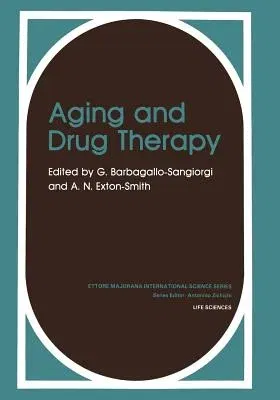G Barbagallo-Sangiorgi
(Author)Aging and Drug Therapy (Softcover Reprint of the Original 1st 1984)Paperback - Softcover Reprint of the Original 1st 1984, 4 November 2011

Qty
1
Turbo
Ships in 2 - 3 days
In Stock
Free Delivery
Cash on Delivery
15 Days
Free Returns
Secure Checkout
Part of Series
Physics of Solids and Liquids
Print Length
523 pages
Language
English
Publisher
Springer
Date Published
4 Nov 2011
ISBN-10
1461297214
ISBN-13
9781461297215
Description
Product Details
Book Edition:
Softcover Reprint of the Original 1st 1984
Book Format:
Paperback
Country of Origin:
NL
Date Published:
4 November 2011
Dimensions:
25.4 x
17.78 x
2.74 cm
ISBN-10:
1461297214
ISBN-13:
9781461297215
Language:
English
Location:
New York, NY
Pages:
523
Publisher:
Weight:
916.26 gm

